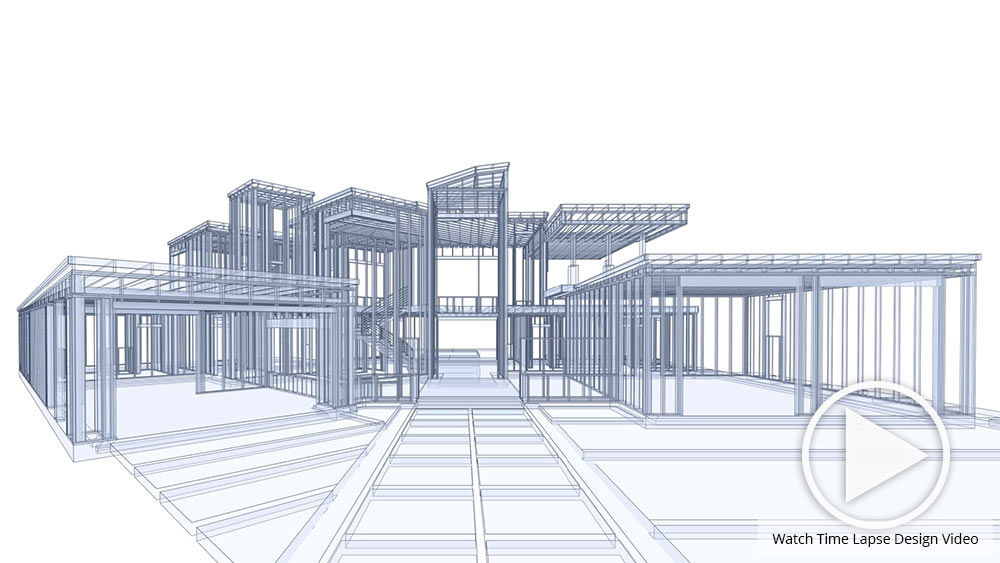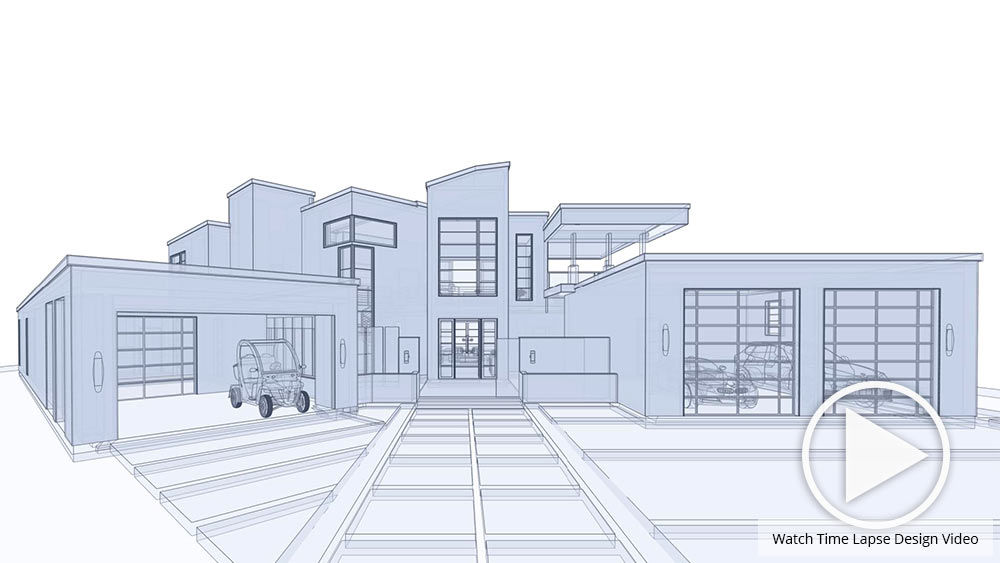Top Reasons to Select CDA Architects for Your Residential or Commercial Styles
Top Reasons to Select CDA Architects for Your Residential or Commercial Styles
Blog Article
The Impact of Technical Developments on the Design Practices of Contemporary Architects
The rapid development of technological tools has actually considerably improved the layout landscape for modern designers, fostering extraordinary degrees of development and sustainability. The combination of Structure Information Modeling (BIM), parametric style, and expert system has not only streamlined cooperation among diverse groups yet also redefined project execution. As designers welcome these innovations, they are faced with complicated difficulties that could affect their imaginative processes. Checking out these characteristics reveals a nuanced interaction in between modern technology and standard style approaches, motivating a more detailed examination of what the future holds for architectural practices.
Advancement of Architectural Tools
Exactly how have building devices changed the style and building and construction processes over the centuries? The evolution of building devices has actually substantially influenced the effectiveness, accuracy, and creativity of style and construction. In ancient times, designers count on rudimentary tools such as plumb bobs, gauging poles, and fundamental geometry to create frameworks. These tools laid the structure for very early building practice, enabling the building and construction of renowned structures, albeit with restrictions in accuracy and intricacy.
With the arrival of the Renaissance, the introduction of the compass and the protractor noted a pivotal shift. These devices enabled engineers to attain greater accuracy in their styles, facilitating the development of more complex and in proportion buildings. The Industrial Transformation further transformed building practice with the intro of mechanical tools and materials, enabling larger and extra ambitious tasks.
In the 20th century, the advancement of computer-aided layout (CAD) software transformed the landscape once more, giving architects with unprecedented abilities in modeling and visualization. Today, advanced tools such as Structure Info Modeling (BIM) and parametric layout software continue to press the boundaries of architectural advancement, enabling an extra incorporated approach to style and building procedures.
Boosted Partnership in Style
As modern technology remains to evolve, enhanced cooperation in design has become a keystone of contemporary building practice. The integration of electronic tools such as Structure Information Modeling (BIM), cloud-based platforms, and advanced visualization software application has transformed the means designers, designers, and stakeholders interact throughout the layout process. These devices help with real-time communication, permitting groups to share ideas, adjustments, and comments immediately, despite geographical place.

Furthermore, interdisciplinary partnership has actually been streamlined through these technical developments, allowing designers to work extra closely with various other professionals, such as urban planners and environmental specialists. The result is a more cohesive method to develop that thinks about different viewpoints and expertise. Eventually, boosted collaboration in layout is not merely a pattern; it is important additional resources for creating cutting-edge, useful, and visually pleasing architecture in a progressively complicated globe.

Sustainability With Technology
Sustainability in style has increasingly become linked with technical innovation, driving the market toward eco liable methods. Contemporary designers are leveraging advanced modern technologies to minimize environmental effect while improving the performance of structures. cda architects. One noticeable example is the use of Building Information Modeling (BIM), which enables for exact preparation and source allocation, minimizing waste throughout construction and promoting power efficiency throughout a building's lifecycle
Additionally, clever materials and energy-efficient systems are being incorporated right into designs to optimize resource usage. Technologies such as solar batteries and environment-friendly roof harness renewable resource resources, adding to decreased carbon impacts. Additionally, the application of expert system in design processes makes it possible for designers to imitate and examine power consumption, guiding decisions toward more lasting end results.
The assimilation of lasting modern technologies not only aligns with international environmental objectives yet also fulfills a boosting demand from customers for green services. As engineers accept these technologies, the focus changes towards creating spaces that are not only visually pleasing however also functionally lasting, thus redefining the criteria of contemporary design. In this method, modern technology functions as a driver for sustainability, allowing designers to create structures that regard and enhance the natural surroundings.
Challenges in Implementation
While technical advancements in architecture hold terrific assurance for improving sustainability, their execution often comes across considerable difficulties. One main barrier is Find Out More the high understanding curve related to brand-new technologies. Engineers and construction experts may require comprehensive training to successfully utilize advanced software and devices, which can postpone job timelines and enhance costs.
Additionally, the integration of arising modern technologies, such as Structure Details Modeling (BIM) and sustainable materials, commonly requires collaboration throughout multidisciplinary teams. This cooperation can be hindered by distinctions in expertise, operations, and communication designs, bring about prospective conflicts and inadequacies.

Additionally, regulatory structures and building ordinance might not equal technological developments, producing uncertainty and possible conformity concerns. This challenge can discourage architects from fully welcoming new technologies, as the risk of non-compliance may outweigh the benefits. Therefore, attending to these application challenges is critical for the successful assimilation of technical improvements in contemporary building methods.
Future Fads in Architecture
The challenges connected with the execution of brand-new innovations in design have motivated a reevaluation of future fads within the market - cda architects. As designers navigate issues such as sustainability, urbanization, and social equity, they are significantly taking on ingenious technologies to boost style efficiency and ecological efficiency
One prominent fad is the combination of synthetic knowledge (AI) in the style process. AI devices can examine large datasets to educate style decisions, improving both creativity and capability. Likewise, Structure Info Modeling (BIM) remains to progress, enabling real-time cooperation among stakeholders and promoting streamlined project administration.
Sustainable style techniques are also obtaining momentum, with engineers focusing on adaptive reuse and regenerative layout principles that lessen source consumption and waste. The consolidation of clever materials and sustainable power sources will better enhance the durability of structures in the face of climate modification.
In addition, the rise of parametric style permits for even more customized and context-sensitive architectural options (cda architects). By harnessing these developments, designers are positioned to develop constructed environments that not only resolve the prompt demands of society but additionally expect future obstacles, therefore redefining the duty of style in an ever-changing globe
Conclusion
Technological developments have substantially improved architectural design practices, facilitating enhanced precision, collaboration, and sustainability. The integration of tools such as Structure Details Modeling and parametric layout software program, along with artificial knowledge and clever products, equips designers to deal with complicated challenges better. While implementation why not find out more might offer specific obstacles, the continued advancement of these modern technologies guarantees to drive development in architecture. Future trends will likely better stress sustainability and effectiveness, eventually redefining the constructed setting.
Report this page